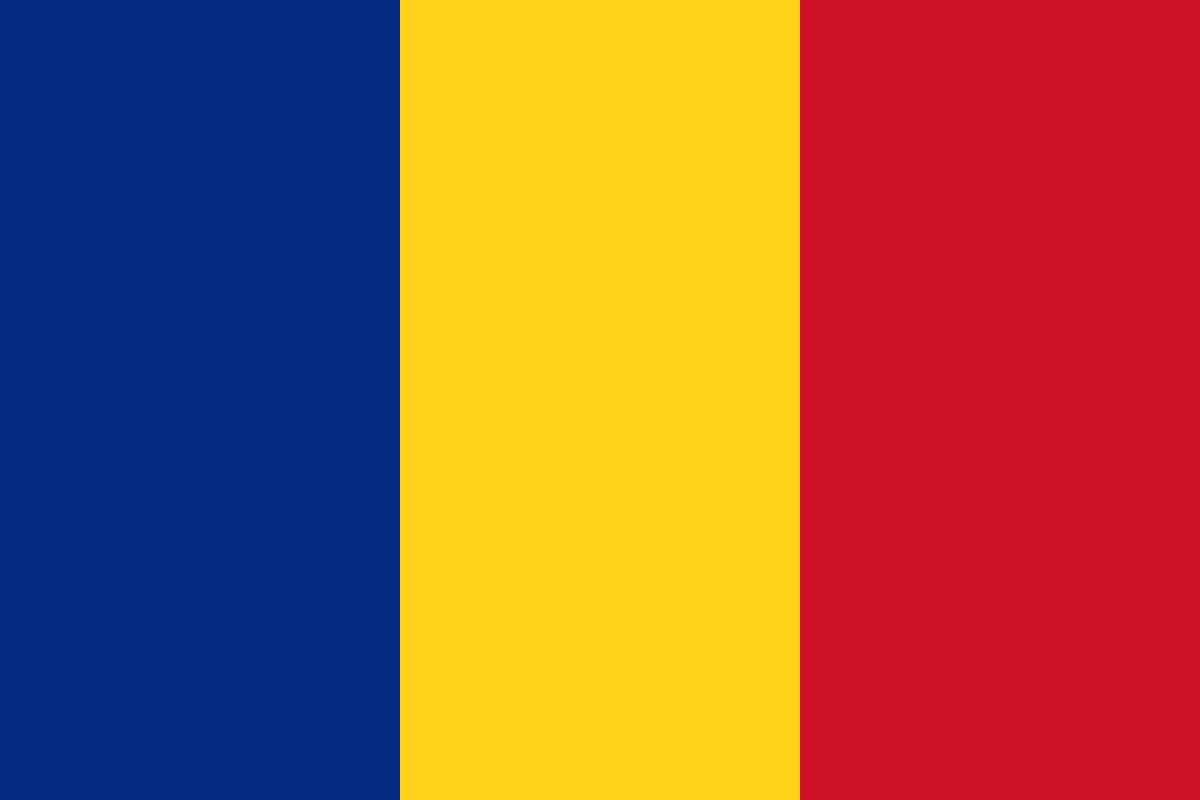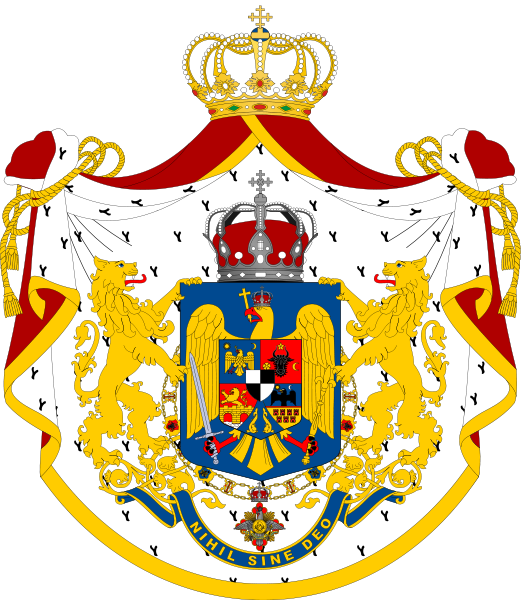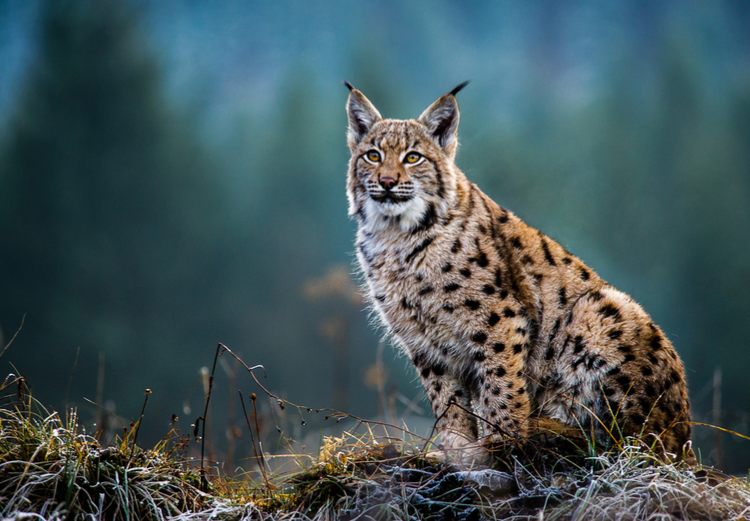
Romania
Here you will find everything you need to know

About
Geographical features
Romania is bordered on the north by Ukraine, on the northeast by Moldova, on the southeast by the Black Sea, on the south by Bulgaria, on the southwest by Serbia, and on the west by Hungary.
The country is divided into a series of crescents by the Transylvanian Basin, which is surrounded by the Carpathian Mountains' summits and accompanying subranges and structural platforms.Beyond this zone, the country's vast plains in the south and east, whose potential is enhanced by the Danube River and its tributaries, form a fertile outer crescent that stretches all the way to the borders.
The geography, geology, climate, hydrology, flora, and fauna are all diverse, and this natural environment has carried the imprint of a human population for millennia.
- Population
The population for 2022 is 19 million and is changing with time .Romania's official language is Romanian.All ethnicities who dwell in Romanian territory are recognized as national minorities, and their mother tongues are recognized as national minority languages.The majority of Romanians are Christian Orthodox Christians. Aside from that, Romania has a wide range of officially recognized religious cults, organizations, and churches, with Catholic, Protestant, Evangelic, Islamic, and Judaic traditions accounting for the majority.
- Flora and fauna
Romania's official national animal is the Eurasian lynx.The area is known for its biogeographical richness, as well as its natural beauty.
Romania, unlike many other European countries, nonetheless has a large share of natural ecosystems that are still intact. Natural and semi-natural landscapes cover about half of its geographical area, including one of the continent's largest remaining areas of untouched forest.


